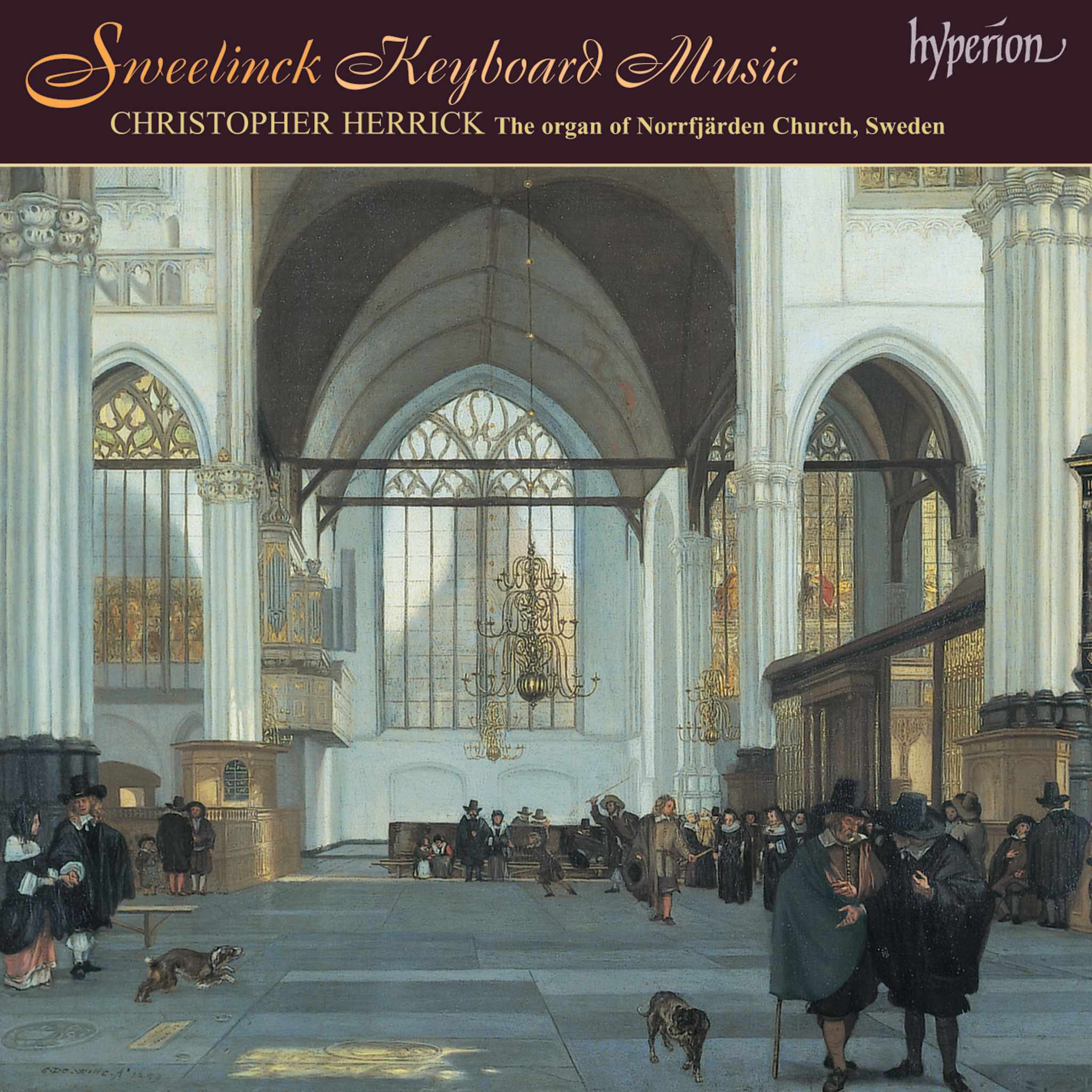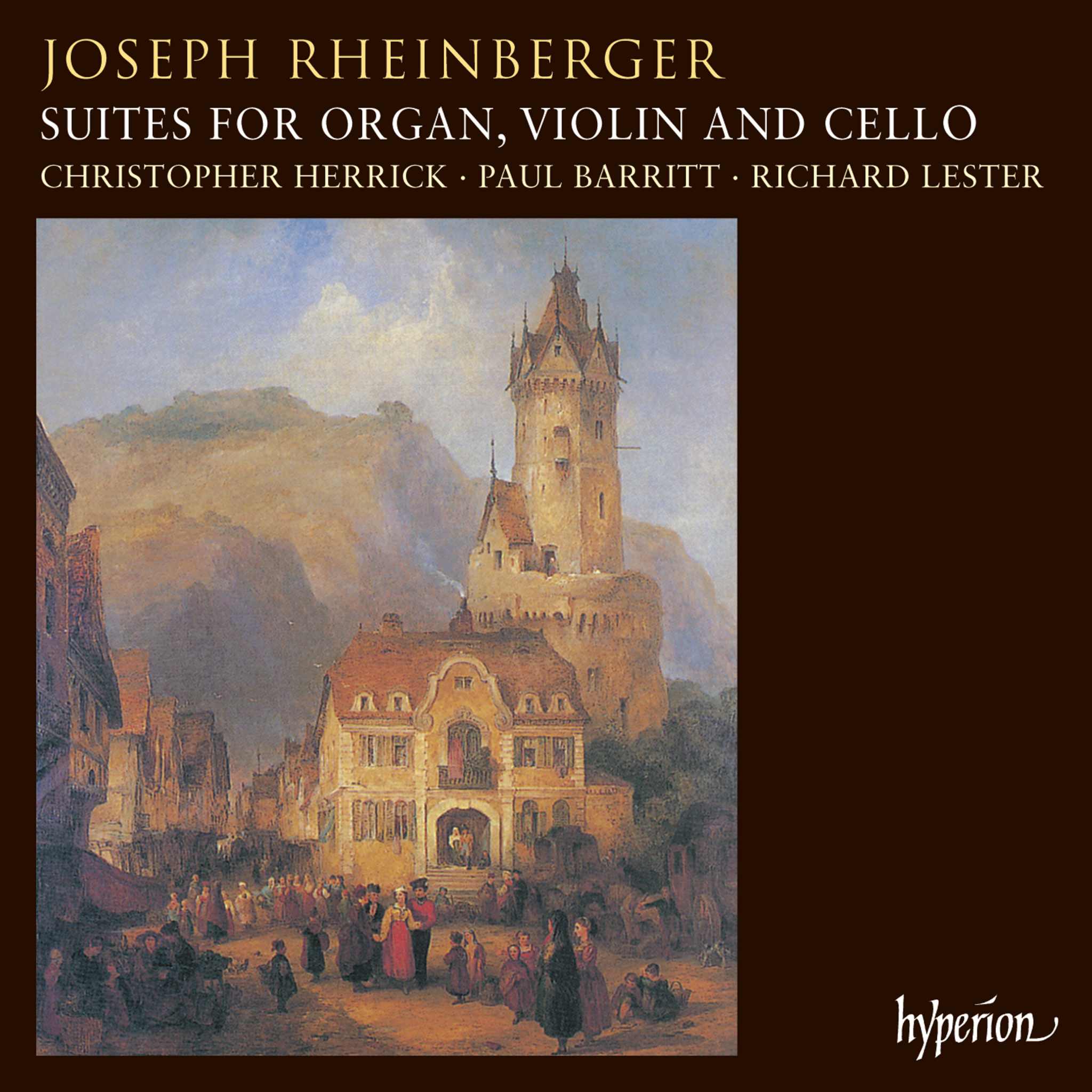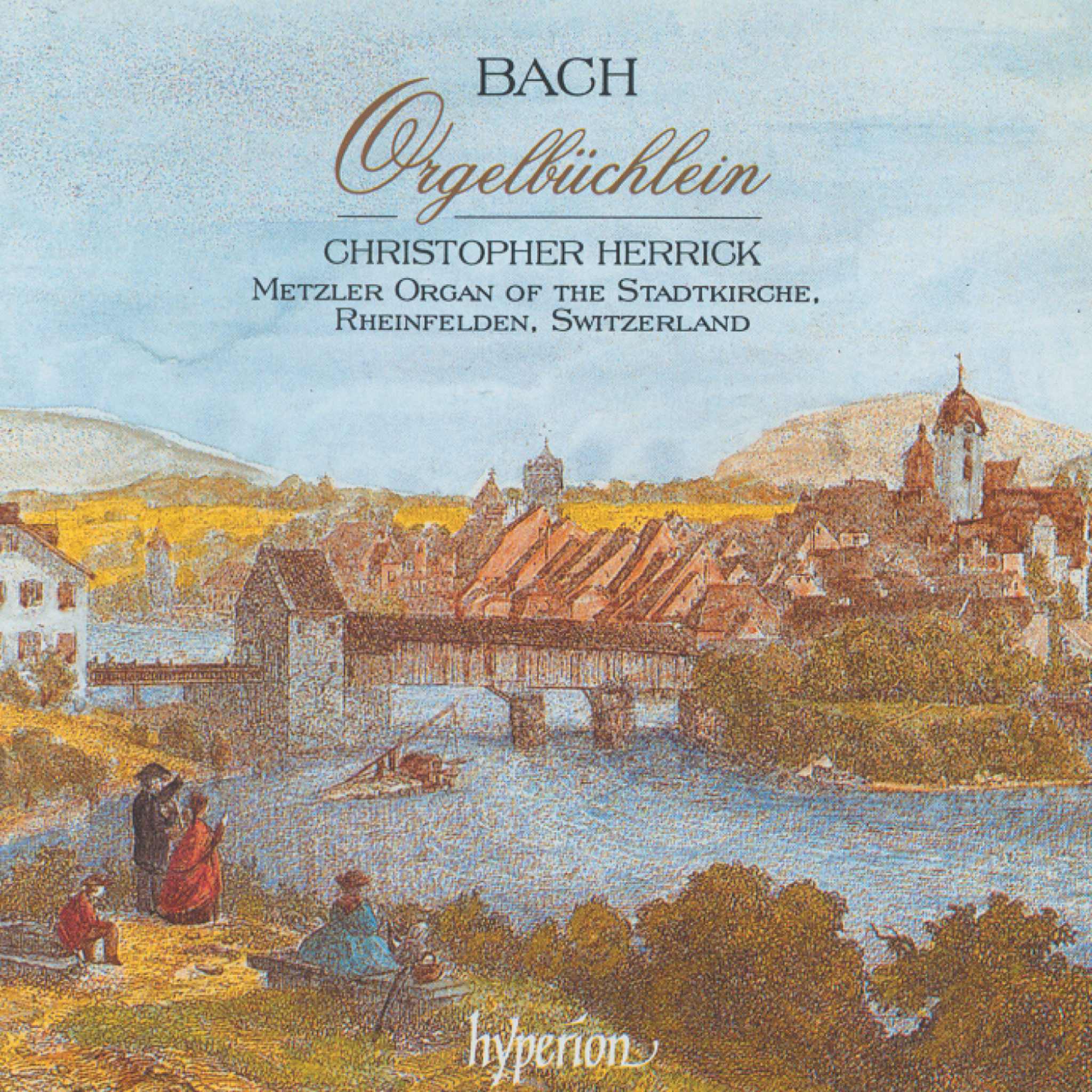Album insights
A significant unpublished manuscript can be found at the Richard Wagner Museum in Bayreuth, missing from most Liszt catalogs. It contains a collection of Hungarian dance melodies adapted for piano by Liszt and Ede Reményi. The pieces are based on music from various Hungarian entertainment composers that were part of dance bands at the time. Liszt planned to expand his collection of traditional Hungarian melodies in early 1853 with help from Bülow, obtaining more pieces from István Fáy's collection.
These dance melodies served as the foundation for Liszt's Hungarian Rhapsodies Nrn. 1–15. The desire to create more in a similar style, albeit on a smaller scale, is intriguing. Unfortunately, details on the composition's circumstances and intended purpose are lacking. The collection was discovered through a contribution by Géza Papp. Imre Mezð of Editio Musica Budapest provided a copy of the Liszt section, while Gudrun Föttinger generously lent a copy of the entire manuscript. Mária Eckhardt facilitated access to Liszt's original pieces for "Hungarian Romanzero: Magyar Nóták Veszprém Vármegyébðl."
Liszt's manuscript comprises 18 pieces, some fully developed with minimal performance instructions. The titles, though occasionally marked with questions, hint at Liszt's uncertainties. Liszt's adaptations vary in completeness, some suggesting freedom for interpretation. The numbering confirms a mix of finished and raw arrangements requiring reconstruction insights.
Further analysis reveals the layout and origins of various melodies, along with Liszt's intricate notations for variations and sections. Liszt's manipulations and additions to the original melodies showcase his creative processes with enigmatic instructions occasionally provided. Dedicated scholars can identify influences and adaptations in Liszt's interpretations.
In conclusion, the discovery of Liszt's Hungarian dance manuscript sheds light on his creative process, hinting at his intentions and adaptations of traditional Hungarian melodies. This exploration offers valuable insights into Liszt's musical genius and the depth of his compositional techniques.






